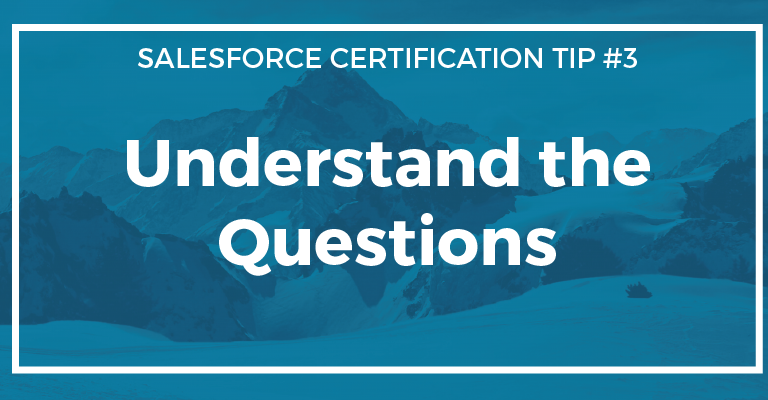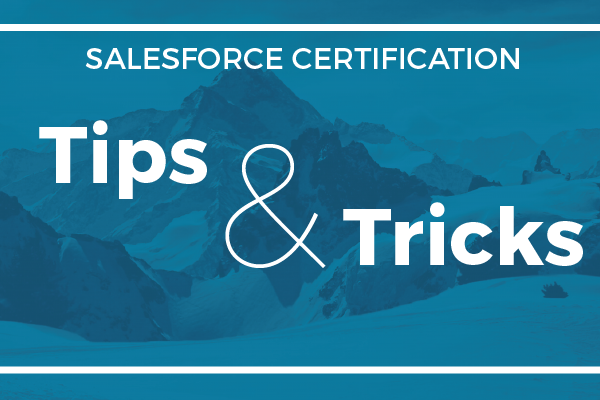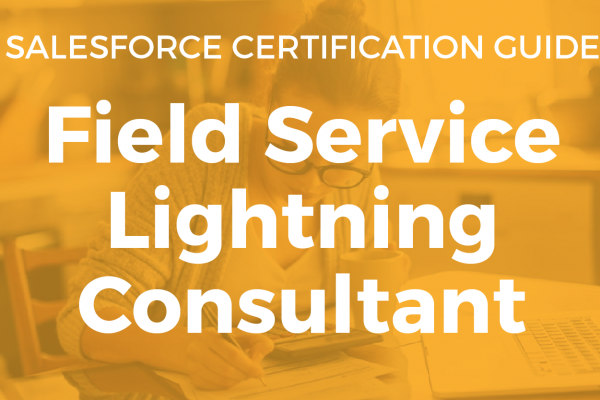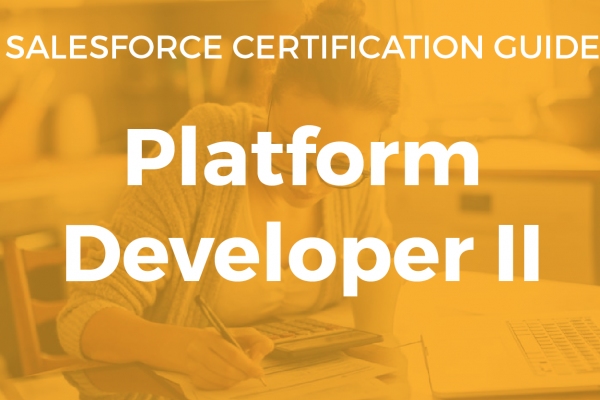If you haven’t taken a certification exam before, you may not be prepared for the types of questions, or the motivation behind the questions. Getting a feel for the way the questions are asked, and what the expected answers are, is a crucial part of passing a certification. We’ll look at a couple of the types of certification questions you will find.
Best Practices
One thing to understand is that Salesforce wants consultants, admins and developers to strive for the health of their systems. So the motivation behind many questions is to direct you towards best practices. So there will be questions where more than one answer could be correct. However, there is typically a more correct answer; one with less technical debt, use of out-of-the-box features, easier maintenance, etc.
Let’s review a sample question to demonstrate this point:
In order to gather better data, Universal Containers would like to gather data around their Closed Lost opportunities. They want to ensure that when an opportunity stage is Closed Lost the reason is captured in a custom ‘Reason Lost’ field before the record can be saved. What is the best approach to meet this requirement? A. Create a workflow rule that fires on the Closed Lost state and populates the Reason Lost field with a predefined value. B. Create a trigger that requires Reason Lost to the populated once the opportunity stage is changed to Closed Lost. C. Create a new page layout for Closed Lost opportunities and make Reason Lost a required field. D. Create a validation rule that requires Reason Lost to be populated once the opportunity stage is Closed Lost.
Looking at the 4 answers provided, you could potentially solve the problem with several of these. But of the 4, there is clearly a single best answer. You could write a trigger to manipulate things, or make a separate page layout with that field required, and then use some automation to change the record type.
But what the question is really about is a best practice. Why would you use any of the others, when a validation rule (D) is a standard piece of functionality that can meet the requirements easily.
Platform Capabilities
Another common question type is around platform capabilities. These questions assess whether you understand what is possible within Salesforce using out of the box functionality. Let’s review another question.
Universal Containers needs to track the Manufacturer and Model for specific car companies. How can the system administrator ensure that the selected Manufacturer provides the values available for the Model? A. Create the Manufacturer field as a dependent picklist and the Model as a controlling picklist. B. Create a lookup field from the Manufacturer object to the Model object. C. Create the Manufacturer field as a controlling picklist and the Model as a dependent picklist. D. Create a multi-select picklist field that includes both Manufacturers and Models.
This question is clearly asking about a specific piece of functionality. Answers A and C both refer to dependent picklists, B refers to a lookup field, and D is about multi-select picklists. All of these field types exist in Salesforce, but B and D don’t fit the use case. Between A and C, you just need to understand that Manufacturer determines the Models, so C is the correct answer.
Business Processes
The third common question type we will discuss is the business process question. These questions focus on your understanding of how a business works, and what to recommend to stakeholders. These are less common than the first two types, but still frequently encountered in the consultant and architect exams. Let’s review a question:
Universal Containers was bought by a larger company and needs to provide information on a monthly basis to the new parent company to help predict sales. Which data should the new parent company review? Choose one answer A. Dashboard of user login history B. Count of new lead records created C. Number of activities tied to opportunities D. Opportunity pipeline report grouped by month
This question doesn’t ask about platform capabilities or best practices. It wants you to understand what would be beneficial for the company. You could create reports or dashboards for any of these, but what would a business benefit from most? The question is about ‘predict sales’, so we know it is around lead or opportunity data (which eliminates A). While lead count could predict sales, it would be less beneficial than opportunity data (eliminating B). C is activities on opportunities which shows a level of engagement, but would not predict sales. D is the opportunity pipeline, which would give stakeholders the best insight.
Conclusion
These sample questions (taken from the official study guides) show the different types of questions you will encounter when taking a certification exam. Understanding the goals and motivations of these question types will help you be more prepared. And during the exam, you will be able to answer the questions more easily if you know what Salesforce is looking for.
More certification tips to come. As always, if you have any questions on your certification journey, please feel free to reach out.






2 thoughts on “Certification Tip #3 – Understanding the Certification Questions”